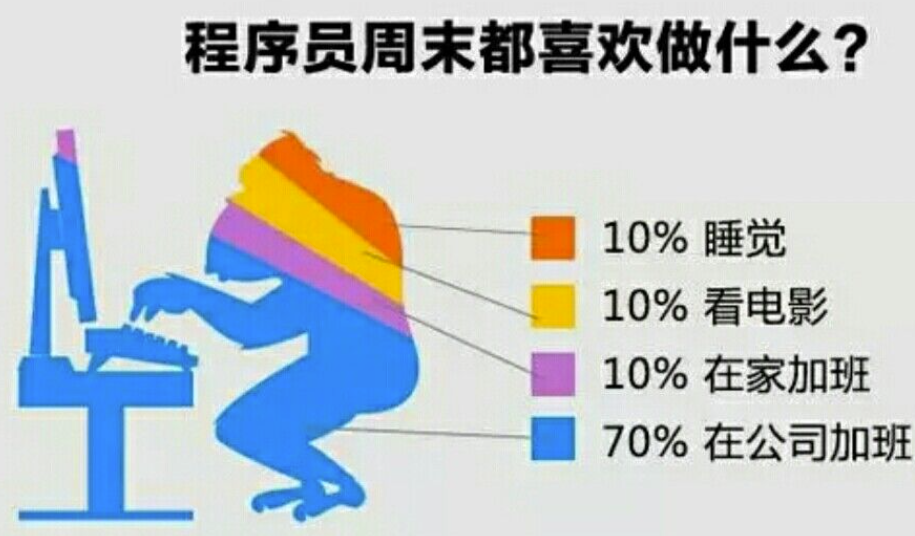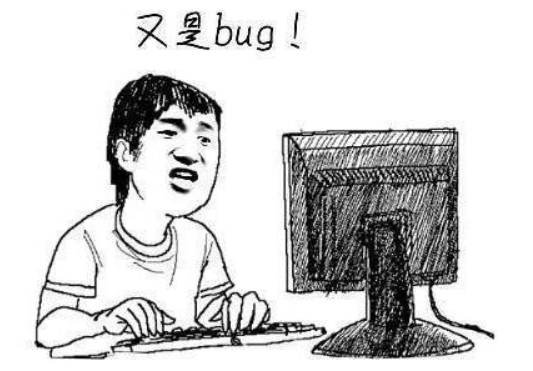在您的代码中获取到的 MAC 地址为空可能有以下几个原因:
常见原因分析:
接口未启用或未连接:
QNetworkInterface::allInterfaces()会返回所有物理/虚拟接口,但只有已启用(UP状态)且连接的接口才有有效硬件地址。
权限问题(Linux/macOS常见):
- 在某些系统上,获取MAC地址需要root/admin权限。普通用户运行时可能返回空值。
虚拟接口的特殊性:
- 虚拟网卡(如Docker、VPN等创建的接口)可能没有传统MAC地址。
IP匹配失败:
entry.ip().toString() == m_ip条件不满足时,根本不会进入返回分支。- 建议先打印所有接口和IP进行调试:
qDebug() << "All Interfaces:"; for (const auto &interface : QNetworkInterface::allInterfaces()) { qDebug() << "Interface:" << interface.name() << "Status:" << (interface.flags().testFlag(QNetworkInterface::IsUp) ? "UP" : "DOWN") << "MAC:" << interface.hardwareAddress(); for (const auto &entry : interface.addressEntries()) { qDebug() << " IP:" << entry.ip().toString(); } }
过滤了本地回环:
- 如果
m_ip是127.0.0.1(本地回环),对应的lo接口通常没有MAC地址。
- 如果
改进建议:
QString TcpClientStud::GetmacAddress()
{
// 调试输出所有接口信息
const auto interfaces = QNetworkInterface::allInterfaces();
qDebug() << "Available Interfaces (" << interfaces.count() << "):";
for (const QNetworkInterface &interface : interfaces) {
if (!interface.isValid()) continue;
qDebug() << "\nInterface:" << interface.humanReadableName()
<< "\nMAC:" << interface.hardwareAddress()
<< "\nFlags:" << interface.flags();
// 检查是否为有效物理接口(可选)
bool isPhysical = !interface.flags().testFlag(QNetworkInterface::IsLoopBack)
&& !interface.hardwareAddress().isEmpty();
for (const QNetworkAddressEntry &entry : interface.addressEntries()) {
qDebug() << "- IP:" << entry.ip().toString();
if (entry.ip().toString() == m_ip && isPhysical) {
QString mac = interface.hardwareAddress();
if (!mac.isEmpty()) return mac;
}
}
}
return "";
}
关键排查步骤:
- 验证权限:尝试用管理员/root权限运行程序。
- 检查IP匹配:确认
m_ip的值确实存在于某个物理接口上。 - 排除虚拟接口:添加过滤条件跳过回环和虚拟接口。
- 跨平台注意:Windows/Linux/macOS对网络接口的处理可能有差异。
如果问题仍然存在,建议提供调试输出的完整日志以便进一步分析。
内容由零声教学AI助手提供,问题来源于学员提问





















